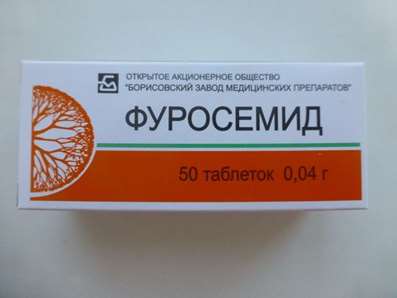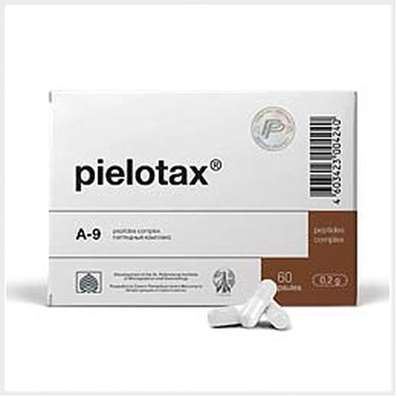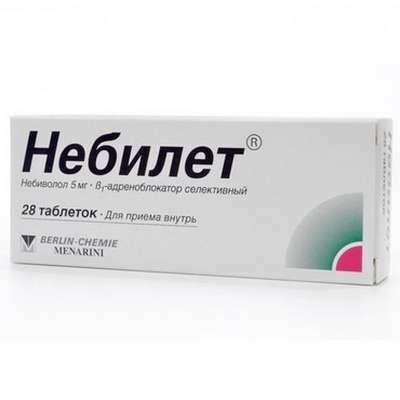Instruction for use: Mendilex
I want this, give me price
Active substance: Biperiden
ATX Code
N04AA02 Biperiden
Pharmacological group
M-, n-anticholinergics
The nosological classification (ICD-10)
F95 Tics: Children tick; Nervous tics in children.
G20 Parkinson's disease
Tremor paralysis, Idiopathic Parkinsonism, Parkinson's disease, Symptomatic Parkinsonism
G21 Secondary parkinsonism
Parkinson's Drug, Parkinsonism, symptomatic Parkinsonism, The lesions of the extrapyramidal system, Parkinson's syndrome
G21.1 Other forms of secondary drug-induced parkinsonism
Parkinsonism officinalis
G24.0 Dystonia caused by drugs
G24.1 Idiopathic family dystonia
Dystonia torsioná Torsional dystonia
G24.9 Dystonia, unspecified
Local forms of dystonia, Muscular dystonia, Dystonia of the muscles of the extremities
G25.1 Tremor caused by a drug
Trembling, Tremor on the background of taking lithium preparations
G25.3 Myoclonus
Cortical myoclonia, Myoclonic astatic small seizures, Myoclonic seizures, Myoclonic cramps, Myoclonia, Juvenile myoclonic seizures, Clonus
G25.6 Medication induced tics and other tics of organic origin
R25.1 Tremor, unspecified
shake; senile tremor; Tremor; muscle tremors; Tremor when portal-systemic encephalopathy; Essential tremor family; Titubatsiya
R25.2 Cramp and spasm
Muscle spasms in tetanus, Pain smooth muscle spasm, Pain spasm of smooth muscles (renal and biliary colic, intestinal spasms, dysmenorrhea),Pain spasm of smooth muscles of internal organs, Pain spasm of smooth muscles of internal organs (kidney and biliary colic, intestinal spasms, dysmenorrhea), Painful muscle spasm, mimic spasm, spasticity, Muscle spasms, Muscle spasms of central origin, Muscle spasms, Neurological contracture with spasms, Night cramps in the extremities, Night leg cramps, Symptomatic convulsive state, West syndrome, Smooth muscle spasm, Spasm of vascular smooth muscle, muscle spasm, The spasm of the striated muscles due to organic diseases of the CNS, Skeletal muscle spasm, The spasms of smooth muscles of internal organs, The spasms of skeletal muscles, Spastic condition of striated muscle, Spastic pain, Spasmodic state of smooth muscle, Spasticity skeletal muscle, muscle cramps, convulsions, Leg cramps, Seizures of central origin, convulsive states, Spastic syndrome, Convulsive status in children, Tonic seizures, Cerebral spastic syndrome, Phenomenon jackknife
R25.8.0 * hyperkinesia: hyperkinesia rheumatoid; hyperkinesia trochaic; Hyperkinesia central origin; hyperkinesia; Social tremor.
R29.8 Other and unspecified symptoms and signs related to neuromuscular and musculoskeletal systems
Paresis, Peripheral paresis, Akinesia
Composition
Tablets 1 table.
Biperidene hydrochloride 2 mg
Auxiliary substances: magnesium stearate; Lactose monohydrate; MCC.
In the blister 10 pcs .; In a pack of cardboard 5 blisters.
Description of dosage form
White, round, biconvex tablets with risk on one side.
pharmachologic effect
The pharmacological action is antiparkinsonian.
Holin-blocking drug of central action with a moderate peripheral effect.
Pharmacodynamics
As a result of the selective blockade of cholinergic receptors, the symptoms of parkinsonism decrease (akathisia, muscle rigidity, akinesia, dyskinetic tremor, oculogic crisis).
Pharmacokinetics
Quickly absorbed from the digestive tract. Due to the extensive metabolism during the primary passage through the liver, bioavailability is 30%. The binding with plasma proteins is 93%, the volume of distribution is 24 ± 4.1 l / kg. The metabolism of biperidenum is not fully understood, but it is known that it undergoes hydroxylation. T1 / 2 - about 20 hours, so the concentration of the drug in the plasma (0.1-0.2 ng / ml) can be determined and after 48 hours after its administration. It is excreted by the kidneys and through the digestive tract.
Indications
Parkinsonism syndrome (as part of combination therapy), the initial stages of Parkinson's disease (monotherapy); Extrapyramidal disorders (tremor, muscle rigidity, torsion dystonia, local forms of dystonia, including paroxysmal dyskinesia, hyperkinesia of chorea, tics of various forms, myoclonia and hyperkinesia, dystonia of muscles of extremities, trunk, neck, face, akinesia, akathisia) caused by drugs , Incl. Neuroleptics.
Contraindications
Hypersensitivity, myasthenia gravis, zakratougolnaya glaucoma, intestinal obstruction, urinary tract obstruction, paralytic intestinal obstruction, intestinal atony, gastroesophageal reflux, ulcerative colitis, toxic megacolon, acute bleeding.
With caution: elderly patients, patients with prostatic hypertrophy, tachyarrhythmia, congestive heart failure, ischemic heart disease, arterial hypertension, ileostomy / colostomy, epilepsy.
Children under 18 years of age (effectiveness and safety of the drug in children is not established).
pregnancy and lactation
The appointment during pregnancy is possible if the benefit to the mother exceeds the possible risk to the fetus. When appointing, it is necessary to stop breastfeeding, since the drug is excreted in breast milk and the child may develop anticholinergic effects.
Side effects
From the nervous system and sensory organs: mydriasis, paresis of accommodation (dose-dependent side effects). Rarely: increased fatigue, weakness, dizziness, drowsiness, anxiety, confusion, memory impairment, hallucinations, euphoria, disorientation in time and space, motor excitement, catalepsy.
From the cardiovascular system: rarely - tachycardia, lowering blood pressure.
On the part of the intestine: dry mouth, rarely - constipation, dyspepsia.
From the genitourinary system: rarely - urine retention.
Other: rarely - drug dependence, allergic reactions (skin rash).
Interaction
Strengthens the effect of other m-holinoblokatorov, antihistamine, anti-Parkinsonian and antiepileptic drugs, weakens - metoclopramide. Incompatible with ethanol. Levodopa potentiates antiparkinsonian action, quinidine increases the risk of dyskinesia.
Dosing and Administration
Inside. With Parkinson's disease and parkinsonism, the initial dose is 2 mg / day, divided into 2 doses. The dose is gradually increased to the optimal, which for most patients is 3-12 mg / day, divided into 3-4 doses. The maximum daily dose is 16 mg. Adults with extrapyramidal disorders caused by drugs (in particular neuroleptics) - 2 mg 1-3 times a day
Overdose
Symptoms (similar to symptoms of atropine poisoning): mydriasis, dry skin, hyperemia of the face, dry mouth, dryness of the upper respiratory tract, fever, tachycardia, cardiac arrhythmias, weakness of intestinal motility, urinary retention, delirium, disorientation, anxiety, hallucinations, Confusion, ataxia, aggressiveness and convulsions. With severe poisoning, stupor, coma, stopping breathing and heart and death can occur.
Treatment: gastric lavage, symptomatic therapy. As a specific antagonist, physiostigmine is recommended (1 mg IM or by slow intravenous infusion every 20 minutes, but not more than 4 mg / day). Since physiostigmine is rapidly metabolized, additional injections are sometimes necessary every 1-2 hours. For children and elderly patients, it is recommended that half of the standard dose be administered. The patient should be under the supervision of the doctor at least 8-12 hours after the last appearance of the symptoms.
Precautionary measures
It is necessary to avoid a sudden cessation of treatment because of the high likelihood of developing abstinence.
May cause neuromuscular blockade followed by muscle weakness and paralysis.
During the treatment should not drink alcohol.
In susceptible patients with the appointment of anticholinergic drugs at recommended therapeutic doses, confusion, euphoria, motor excitement are observed.
The drug has a strong influence on psychomotor reactions, so patients taking the drug should refrain from engaging in potentially dangerous activities that require rapid mental and motor reactions.
storage conditions
In the dark place at a temperature of 15-25 ° C.
Keep out of the reach of children.
Shelf life
5 years.
Do not use after the expiry date printed on the package.

 Cart
Cart





